First, let me express my sincere gratitude to the 700 participants present here today. I would also like to take this opportunity to thank all of you for taking time out of your busy schedules to attend the conference.
As you are aware, momentum for the active use of nuclear power is intensifying both in Japan and abroad.
At the G7 Ministers’ Meeting on Climate, Energy and Environment, held last April in Sapporo (at which the Japanese government played an important role as the G7 chair), as well as at the Roadmaps for Nuclear conference held last September in Paris, sponsored by the OECD (Organisation for Economic Co-operation and Development) and the French government, the maximum use of nuclear energy was clearly stated.
At COP28—the 2023 United Nations Climate Change Conference held last December in Dubai—nuclear energy was officially and positively evaluated for the first time in COP history, and 25 countries issued a declaration to triple nuclear energy capacity by 2050.
Also, last month, the IAEA and the Belgian government hosted the Nuclear Energy Summit in Brussels—the first global summit meeting dedicated to nuclear energy—with the participation of 37 countries. The international movement to expand nuclear power generation is thus accelerating.
Meanwhile, in Japan, the Future Nuclear Energy Policy Direction and Action Guidelines were decided last year, along with numerous legal amendments to maximize the use of nuclear energy. The government is also taking the initiative in vigorously promoting efforts to improve the environment for the nuclear power business, including the selection of a final disposal site for high-level radioactive waste (HLW).
Amid the strong momentum both domestically and internationally to promote nuclear energy, the theme of the JAIF Annual Conference this time—the 57th—is what we in the nuclear industry should do now.
Many countries around the world are adopting various policy measures to maximize the use of nuclear energy, based on its value in terms of energy security and decarbonization. In Japan, too, concrete actions have begun based on the legal amendments and action guidelines mentioned earlier, as well as studies for the development of the business environment. Also, the 7th Basic Energy Plan is scheduled to be formulated during the current fiscal year.
During the next two days, we would like to use the conference as an opportunity to obtain suggestions on the future direction of Japan’s nuclear energy policy, along with such issues as how to improve safety, how to deal with back-end issues such as the nuclear fuel cycle and final HLW disposal, and how to manage problems in the nuclear industry that must be solved to maximize the use of nuclear energy in Japan, such as strengthening the human resource base.
In the special presentations that follow, Mr. CHIGUSA Naoki, CEO of the World Association of Nuclear Operators (WANO), will speak on the theme of “Maximizing the Safety and Reliability of Nuclear Facilities Worldwide,” and Mr. Daniel PONEMAN, former Deputy Secretary of the U.S. Department of Energy (DOE), will speak on “New Perspectives on Energy Strategy and the Role of Nuclear Power.”
In Session 1, held this afternoon, experts from the UK and France—where plans are taking shape to build new nuclear power plants (NPPs)—have been invited to speak together with Japanese experts on the development of a nuclear business environment toward carbon neutrality, which will be necessary for Japan to optimize the use of nuclear energy in the future.
In the subsequent Session 2, entitled “Challenges on the Backend: Spent Fuel Management and HLW Final Disposal,” discussions will focus on how to proceed with back-end projects in Japan while introducing pioneering efforts in European countries.
Session 3, to be held tomorrow morning, will focus on Fukushima. Last August, water treated by the Advanced Liquid Processing System (ALPS) was released into the ocean for the first time, which represented a big step toward the decommissioning of Fukushima Daiichi. I would like to express my sincere respect for the understanding and efforts of everyone involved.
In that session, entitled “Fukushima Daiichi Decommissioning Progress and Reconstruction Status of Fukushima,” we will first hear about the progress of efforts toward decommissioning the plant, then listen to an explanation about efforts to establish industries and technologies rooted locally for the further reconstruction of Fukushima, as well as future prospects.
Tomorrow afternoon, in Session 4, entitled “Toward Strengthening the Human Resource Base in the Nuclear Power Industry,” we hope to get experts working in Japan and abroad to discuss with the students gathered here about the value and role of nuclear energy and what is needed for the nuclear industry to be chosen as a future career field.
Finally, I would like to conclude my opening remarks by expressing my sincere hope that we—together with all of you participating—will be able to discover, through the two days of sessions, the challenges and prospects for the maximum utilization of nuclear energy and the clues to solving energy and environmental problems both in Japan and worldwide. Thank you very much for your kind attention.
MIMURA Akio, JAIF Chairman
(The opening remarks at the 57th JAIF Annual Conference held on April 9, 2024)


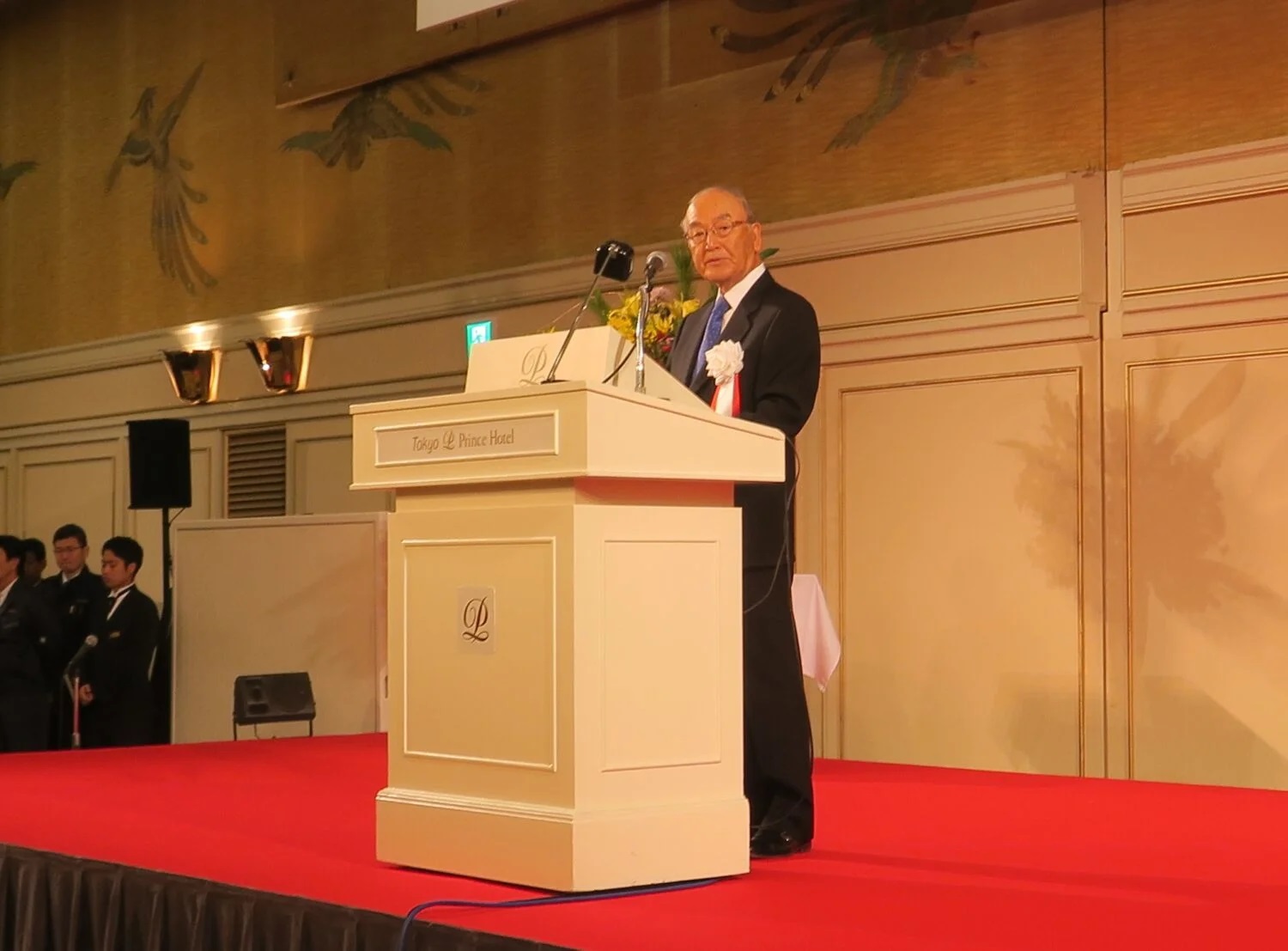
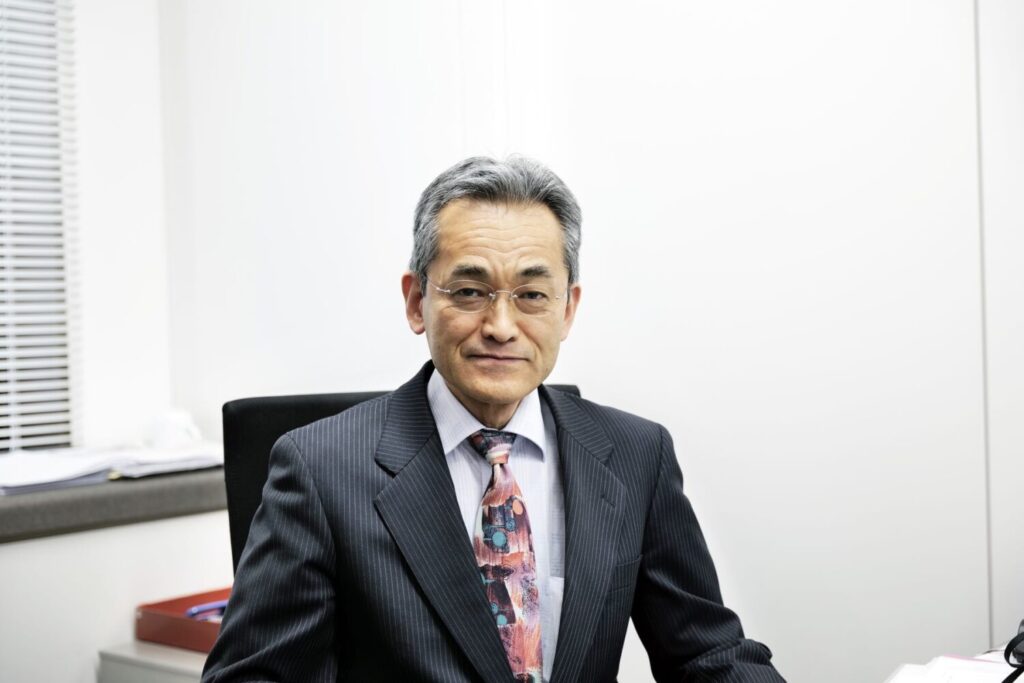

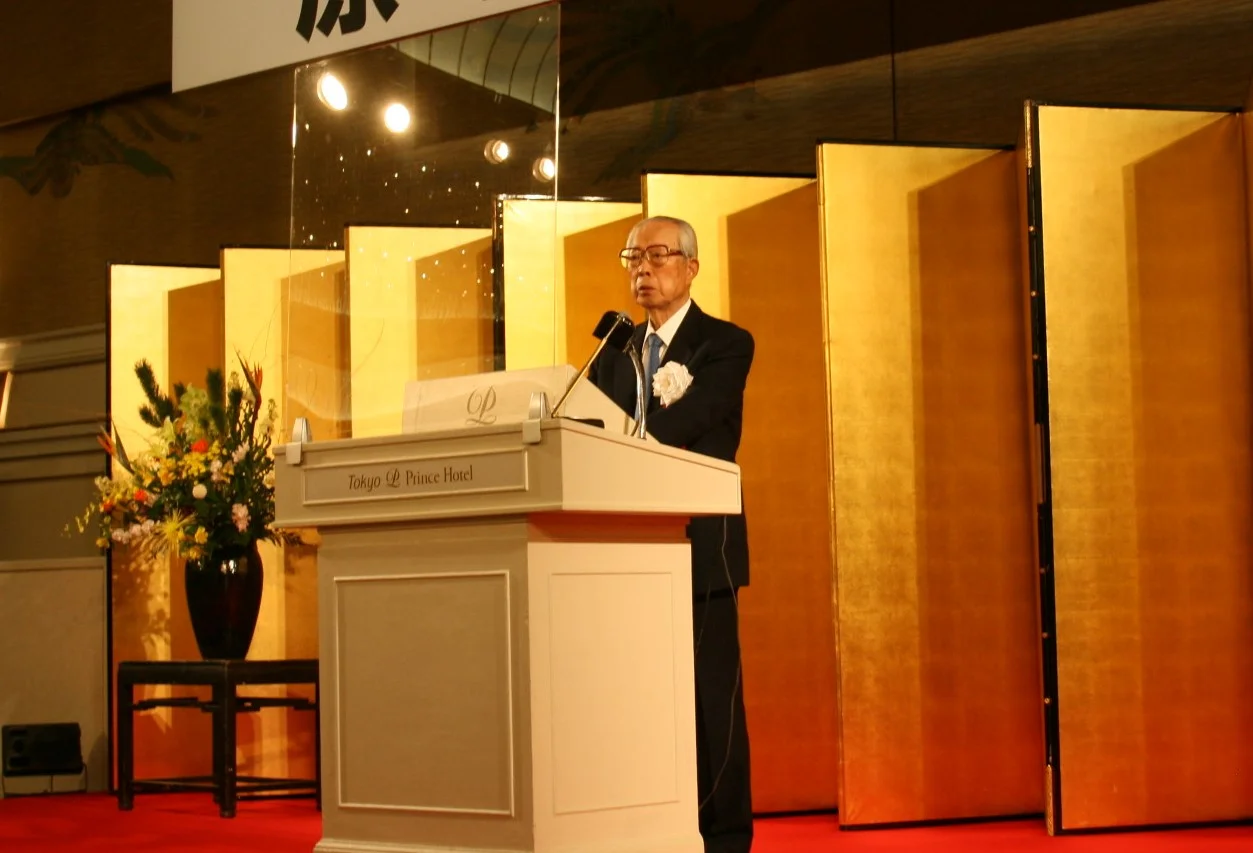
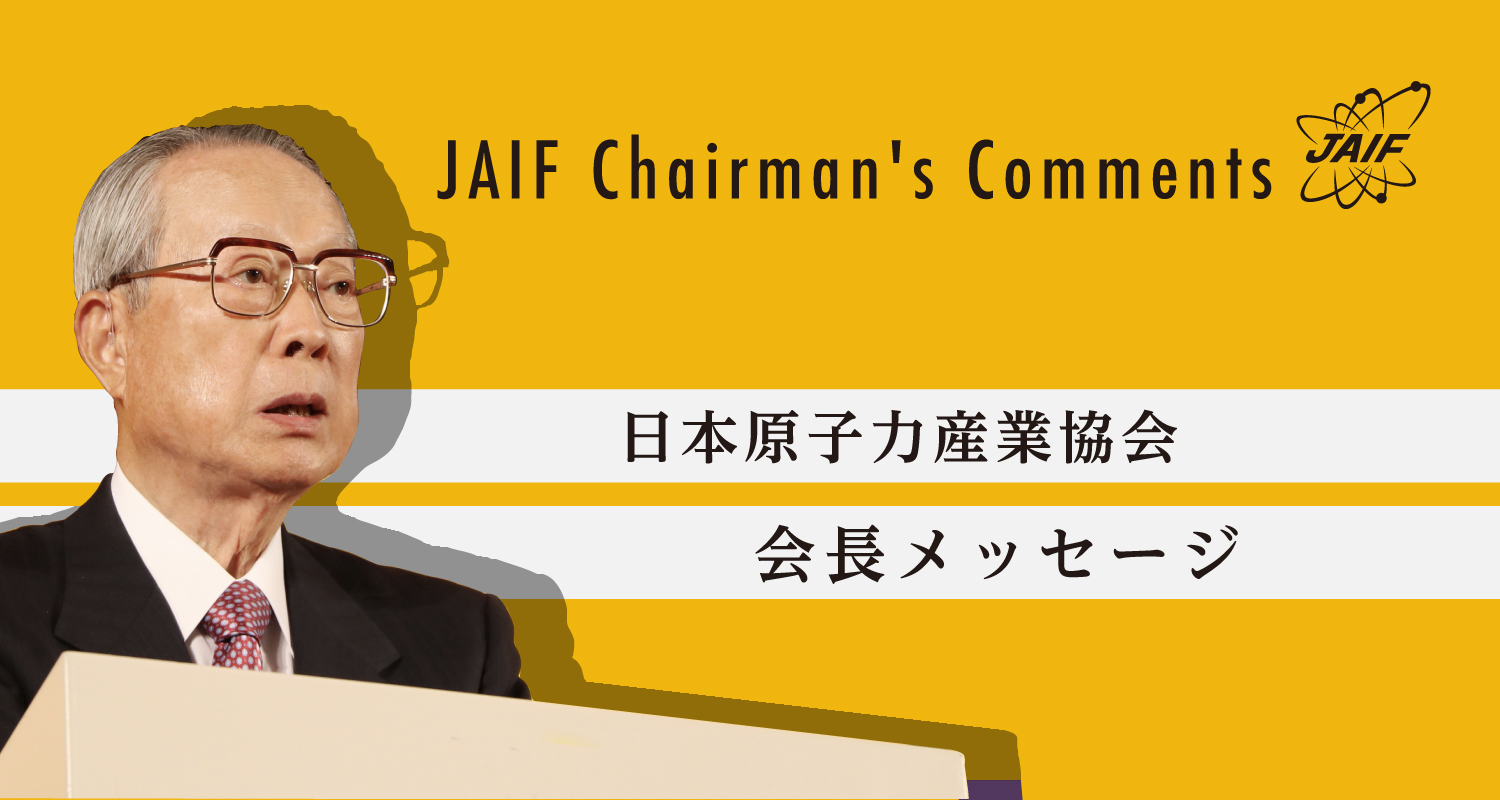
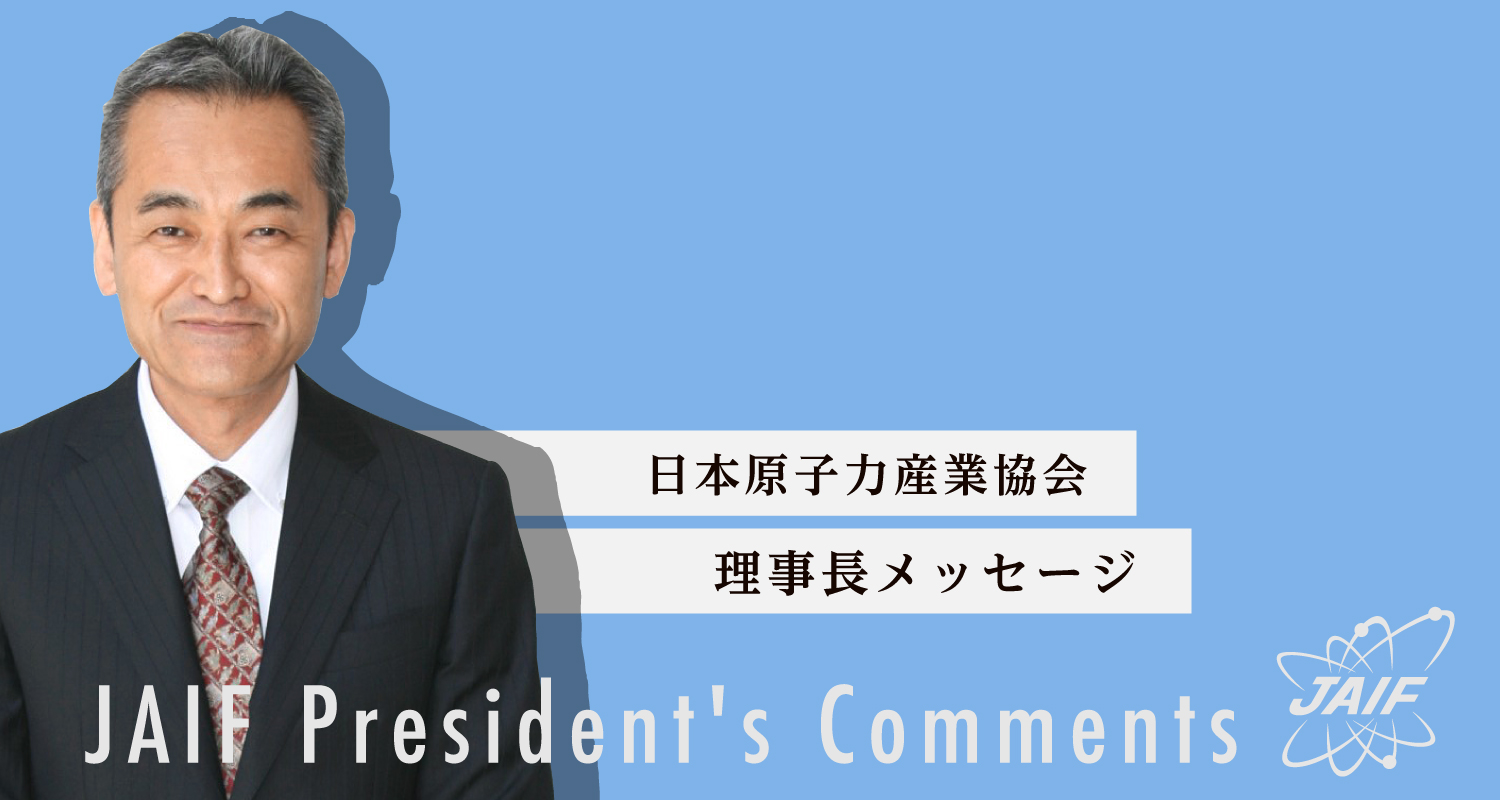
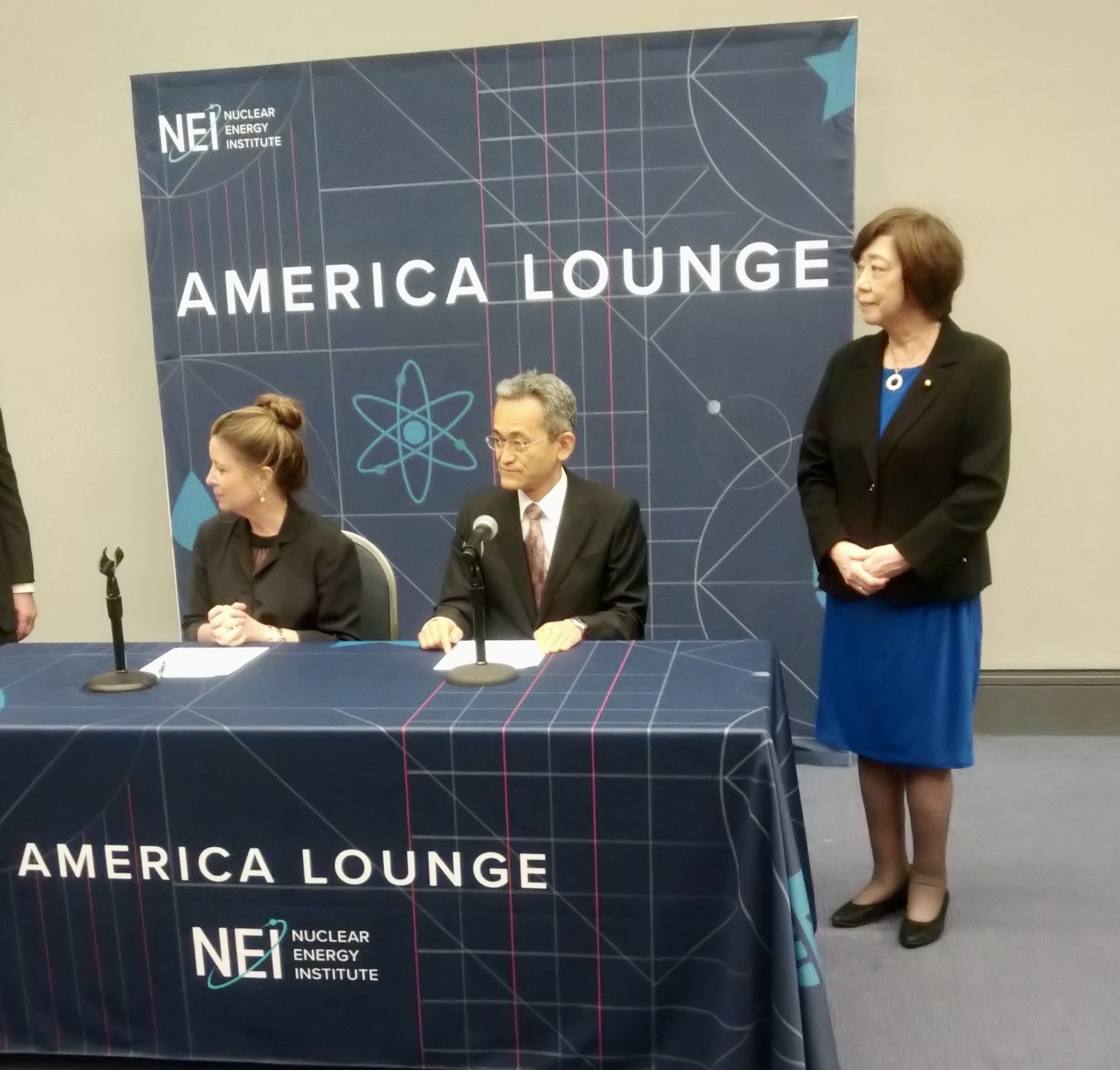

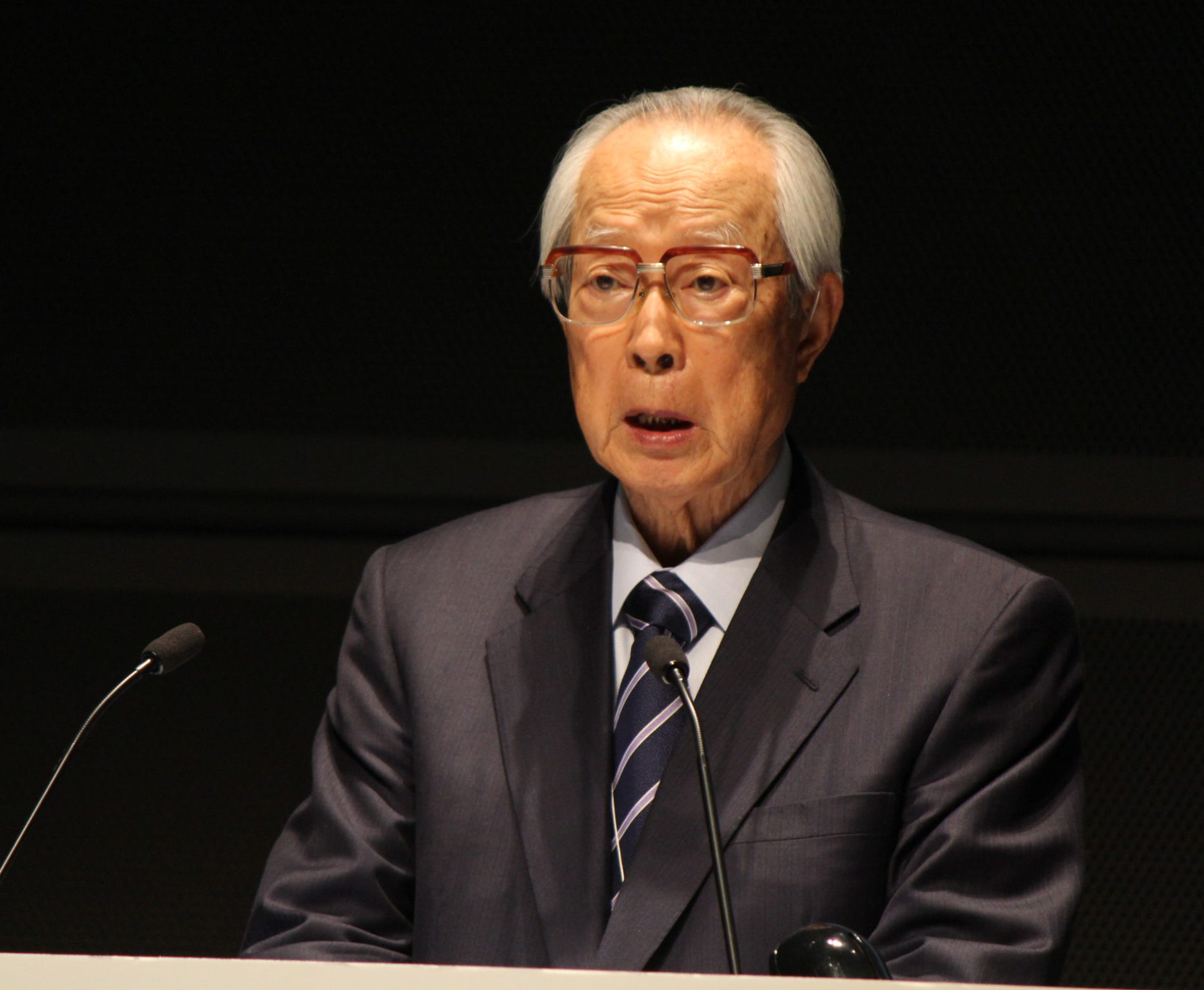
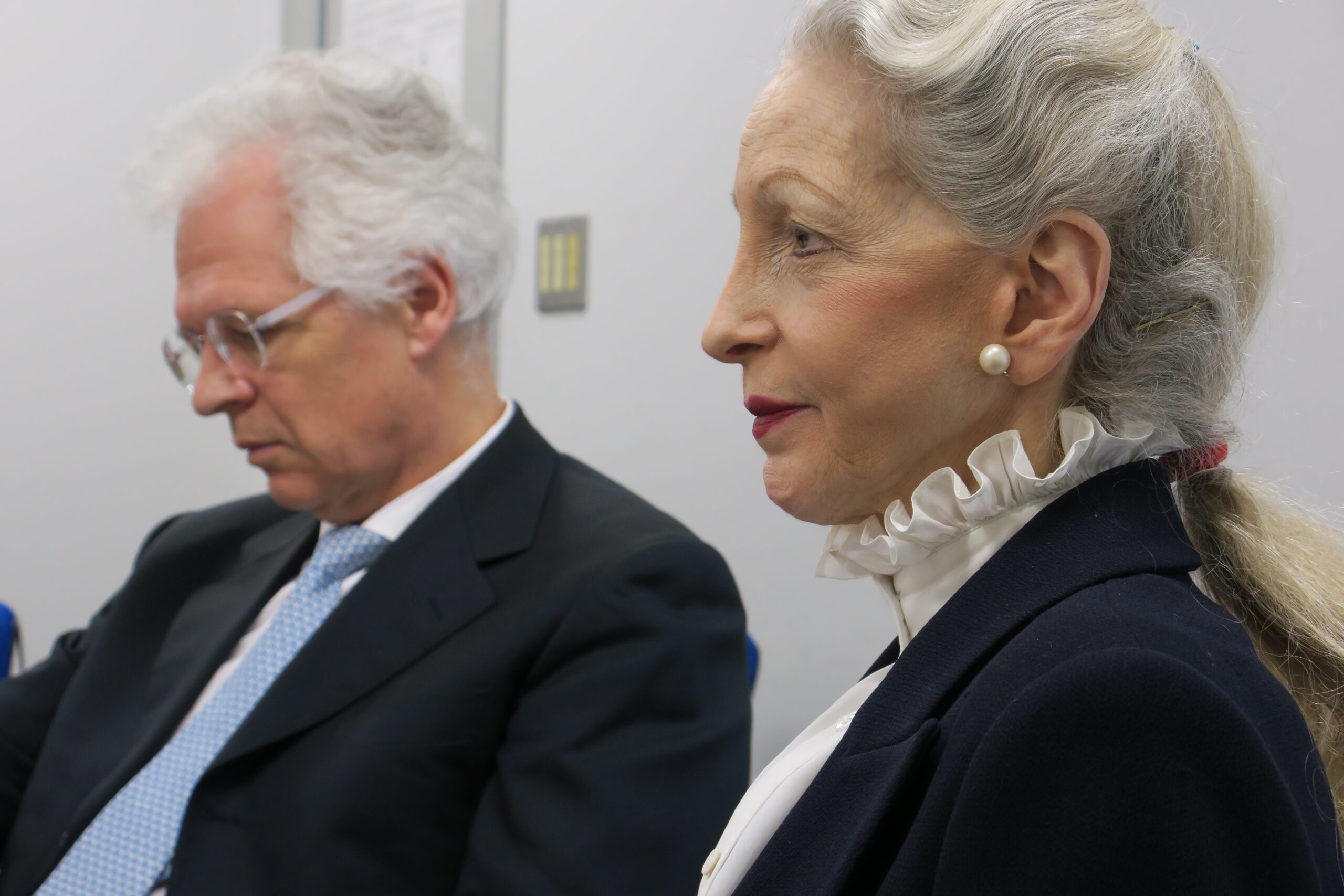


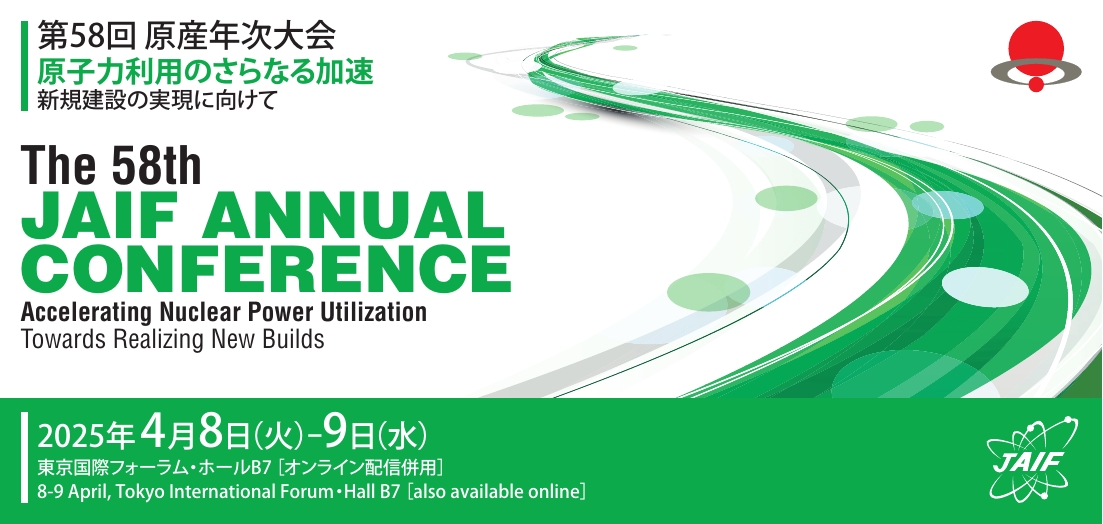
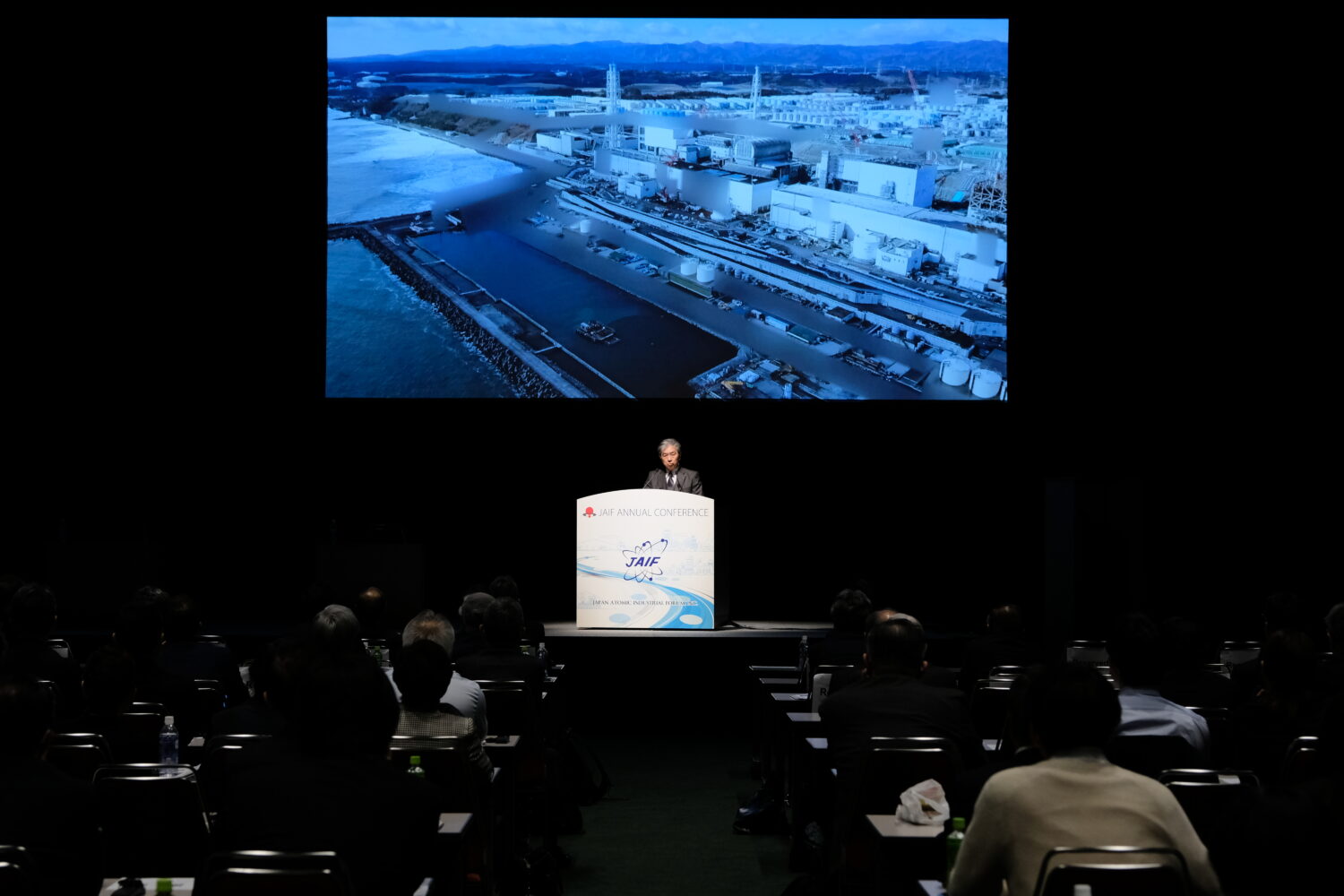



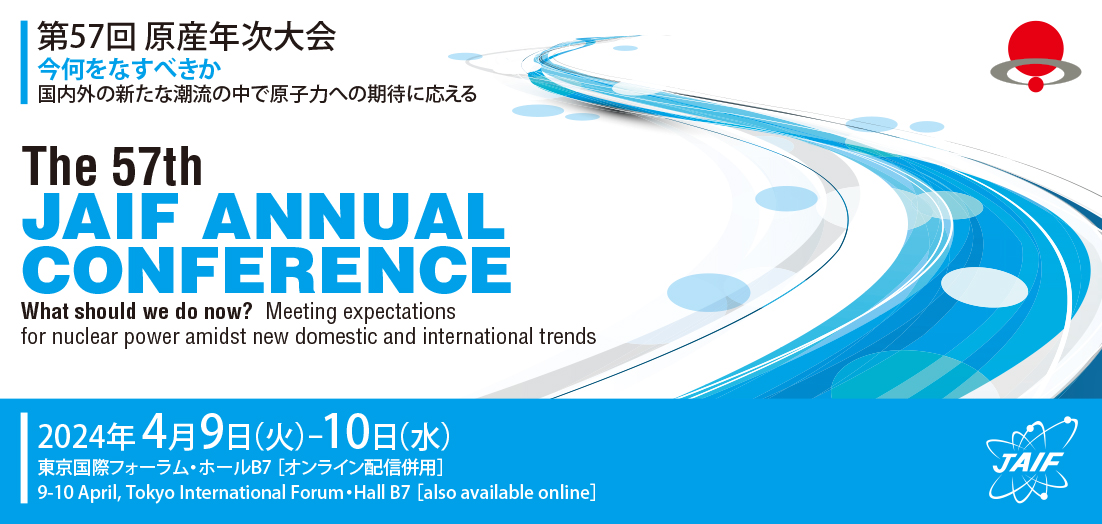
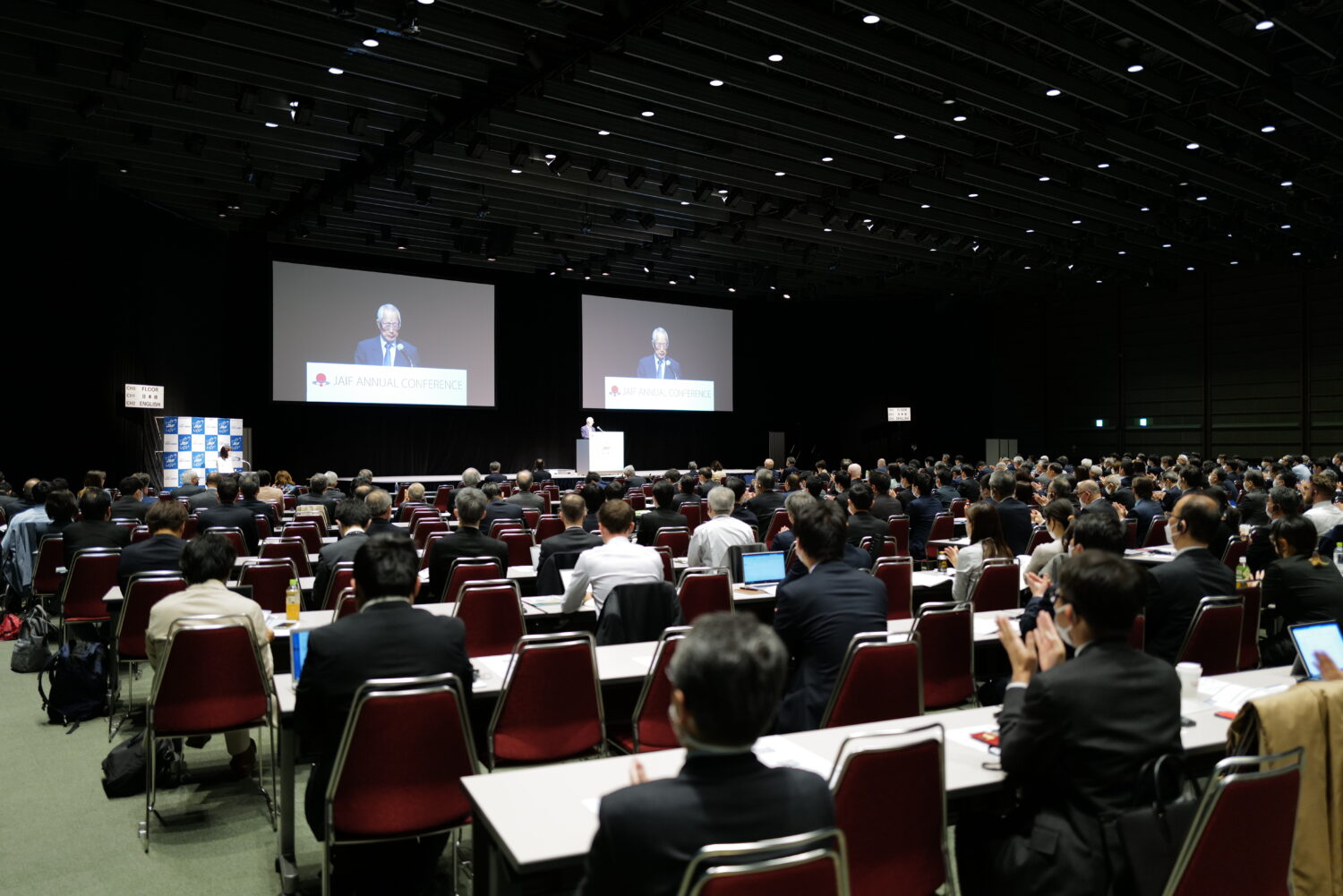
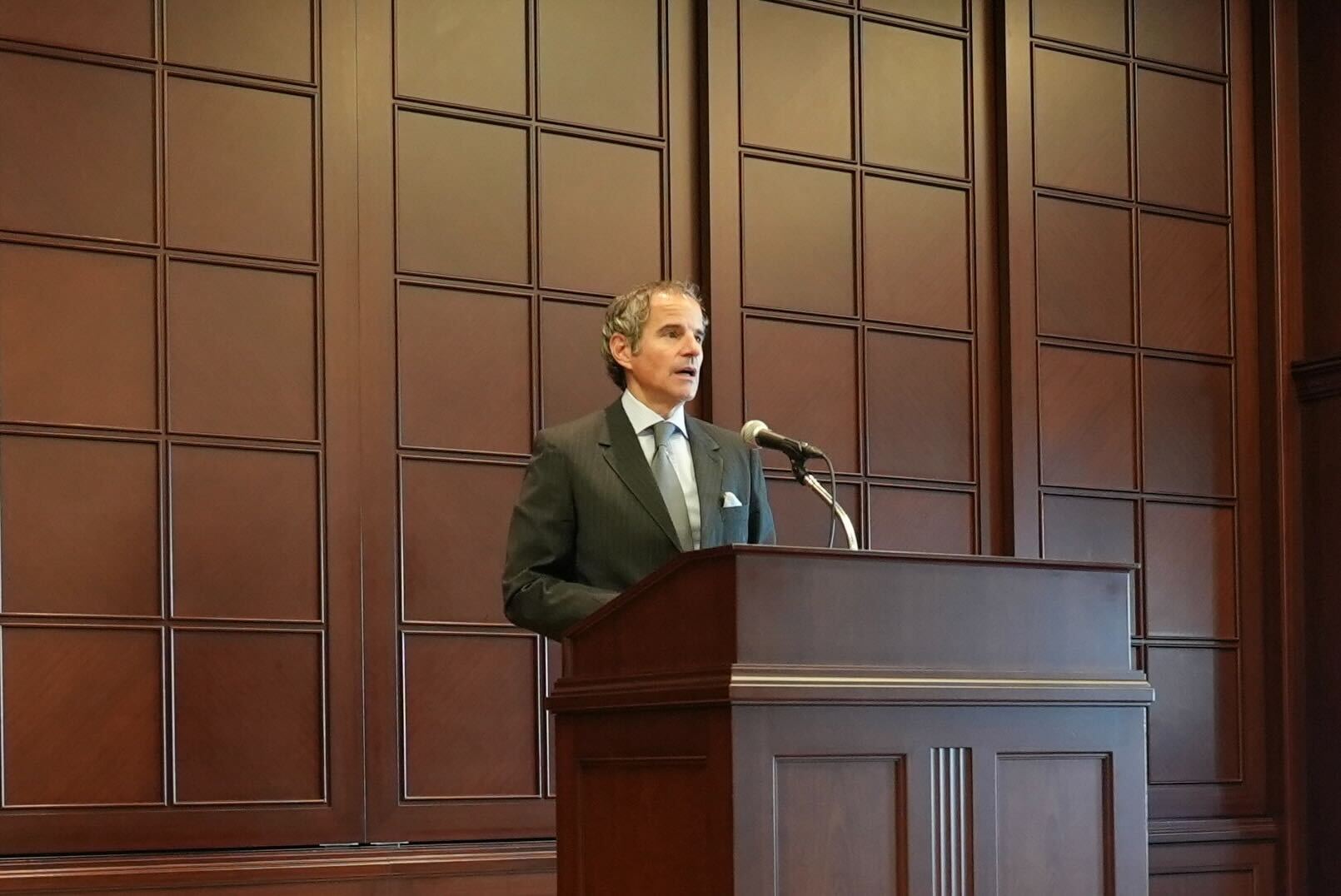
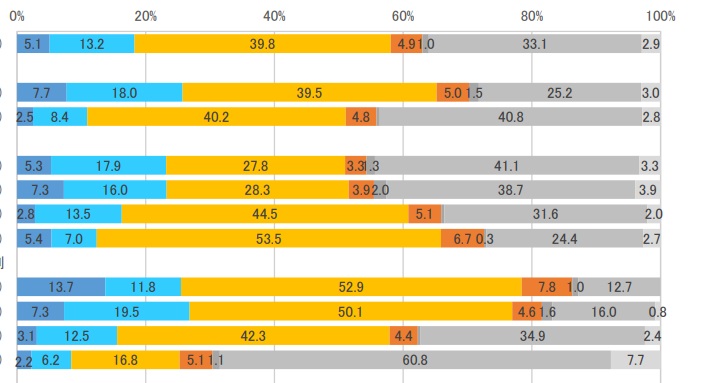

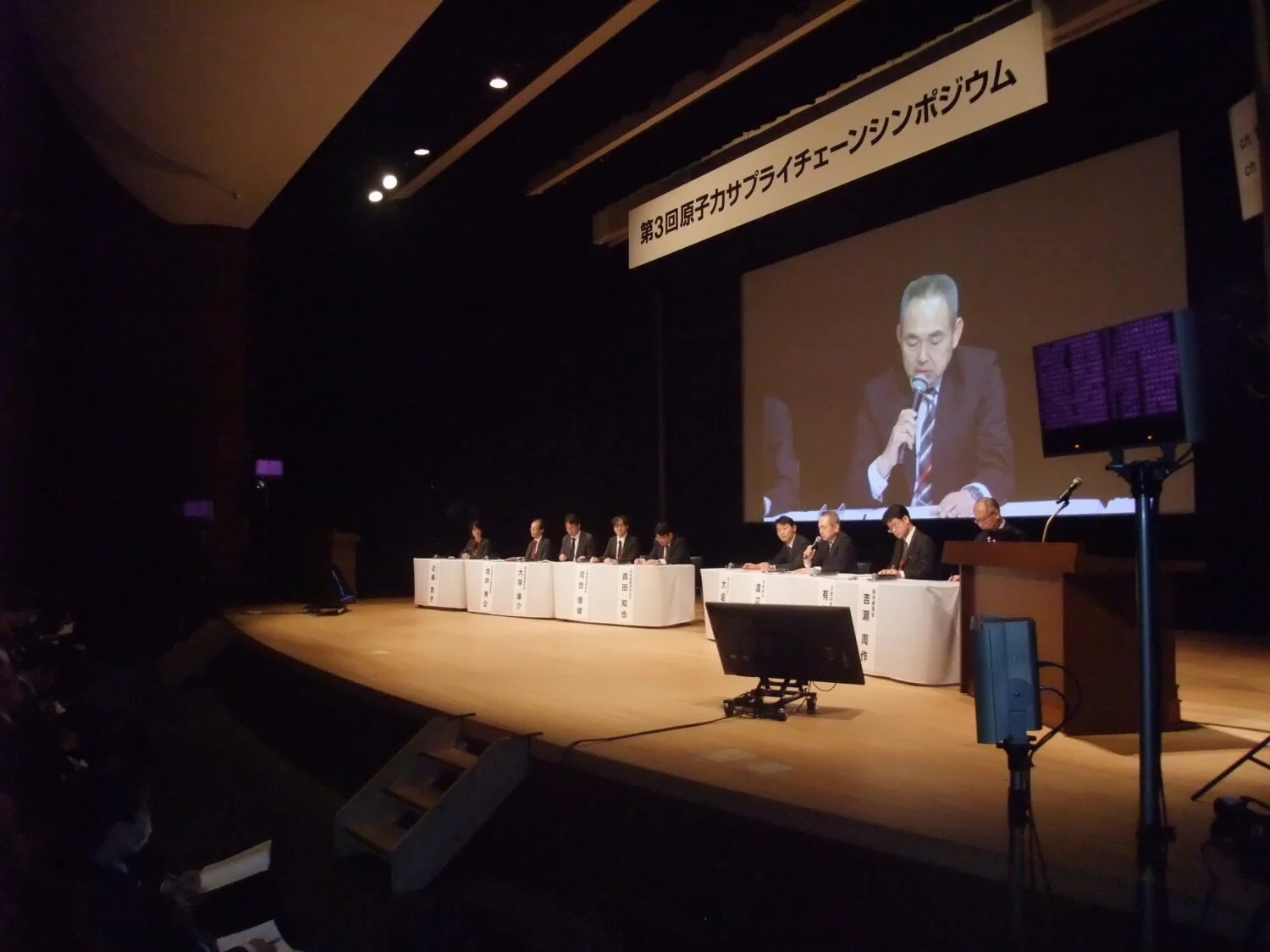
-1.png)






